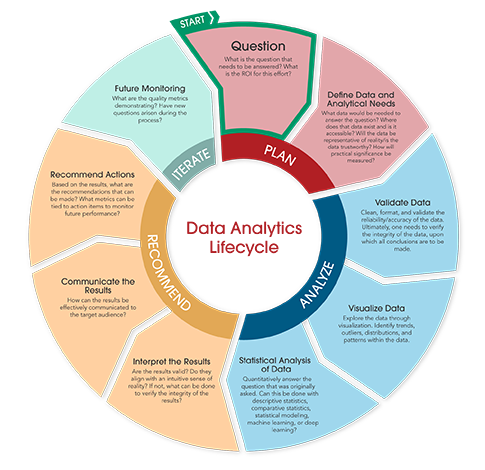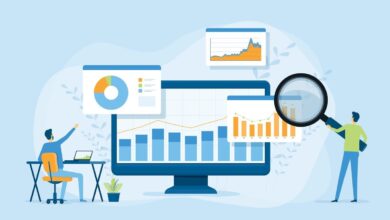Data Analytics in Laboratory Medicine

Data analytics and artificial intelligence have the potential to revolutionize patient care, and Association for Diagnostics & Laboratory Medicine (ADLM; formerly AACC) members are poised to be at the forefront of this revolution.
Our research community and in vitro diagnostics manufacturers are already employing powerful data analytics to advance scientific knowledge and bring these new capabilities to today’s laboratories.
On a day-to-day basis, we evaluate, implement, and interpret the most sophisticated measurement technology to deliver essential insights about patient health.
And while a doctor ordering a test sees a single question seeking a particular answer, laboratory professionals bring a broader perspective to the table. We can place discrete test results into a larger context that leads to additional and better questions, which in turn lead to more answers that enable better medical outcomes.
What Is ADLM Doing in This Area?
Work in data analytics is a pillar of ADLM’s Strategic Plan and the association is invested in moving this initiative forward to help lab professionals capitalize on and/or further develop expertise in data analytics. To this end, ADLM’s Data Analytics Steering Committee has created a three-pronged approach of education, data access, and community-building.
As an ongoing part of this plan, ADLM publishes essential information on machine learning and use of real-world data in its journals and other publications. Educational presentations and engaging challenges ;help to create an environment for ADLM members and affiliated professionals to maximize their analytics abilities. ADLM influences the broader conversation through the development of position statements on data analytics and interoperability, and participated in and endorses the Diabetes Technology Society’s iCoDE standard.
What Is Data Analytics?
Data analytics includes discovering useful information and conclusions to support decision making from data and includes:
- Using real-world data;
- Visualization;
- Statistical and exploratory analysis;
- Machine learning; and
- Communicating results.



